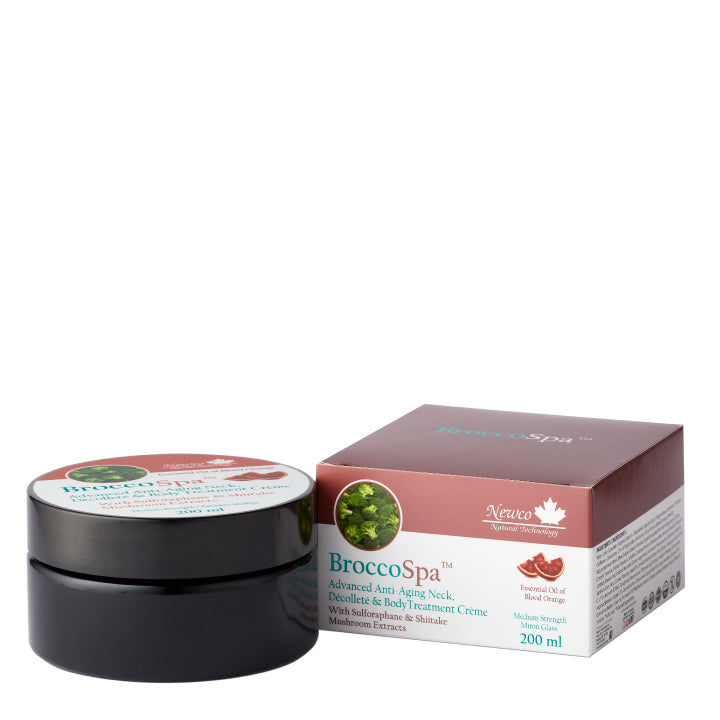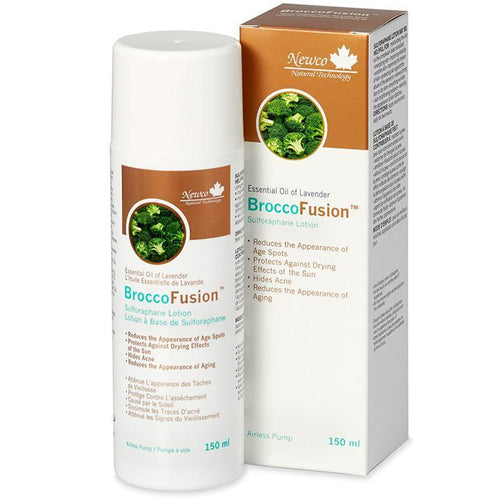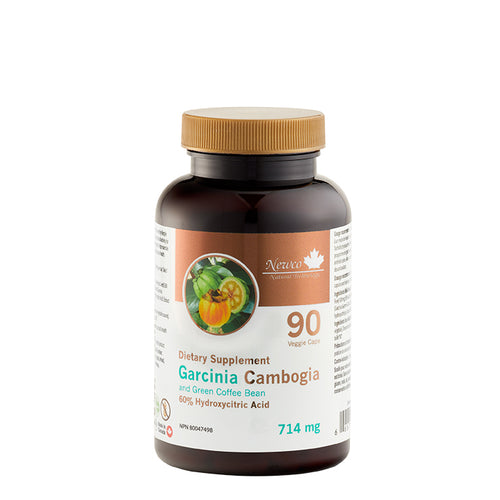Q: I’ve heard a lot about the microbiome lately. Could you tell me in plain English what that is and why it’s important?
—Sebastian F., Mt. Vernon, Ill.
A: The microbiome is made up of the genetic material found in the trillions of cells—including bacteria, viruses, and fungi—that live inside our bodies and on our skin.
These foreign bugs outnumber our own cells tenfold, and the largest concentration resides in the gut. Our synergistic relationship with these critters is vital to normal health. The microorganisms that live inside the human gastrointestinal tract—also known as gut flora or microbiota—amount to as much as 4 pounds of biomass, and each person has a unique mix of species. This community of microbes plays critical roles in digestion and immunity, and also affects thinking and behavior. Disturbances in the microbiota’s balance are thought to be a cause of numerous diseases.
More About Healthy Gut Bacteria
Each of us harbors anywhere from 10 trillion to 100 trillion microbial cells in a symbiotic relationship that, in a normal, healthy state, suits both them and us. Estimates vary, but there could be more than 1,000 different species of microorganisms making up the human microbiota. At birth, infants get a wallop of probiotics when they pass through the birth canal. Babies delivered by C-section are at significantly higher risk for allergies and immune dysfunction later in life because they miss out on this process.
Microbial diversity is affiliated with a healthy immune response. As we age, microbial diversity wanes. Therefore, it’s vital to nourish your gut every day. Here are three simple ways to encourage a thriving microbiota.
1. Prebiotics
Prebiotics are substances that help feed probiotics, the healthy bacteria in the gut.
Some of the best prebiotic foods are:
- jicama
- asparagus
- dandelion greens
- Jerusalem artichokes
- garlic
- onions
- leeks
These vegetables are teeming with beneficial prebiotic fibers. Also, start eating more foods rich in polyphenols, which have prebiotic properties. Some great choices: pomegranate, olive oil, baobab, fresh herbs, and berries and other red and purple fruits and veggies.
Prebiotic supplements typically contain XOS (xylooligosaccharides), GOS (galactooligosaccharides), and/or inulin, a naturally occurring polysaccharide found in the roots of plants. Some prebiotics may cause gas and bloating initially, so start slowly and experiment with different brands to find one that works best for you. XOS may cause the least amount of digestive upset among the three.
2. Probiotics
A few of the top probiotic foods are sauerkraut, miso, tempeh, Roquefort cheese (in moderation), kimchi, kombucha, yogurt, and coconut kefir. If you’re not already taking a probiotic supplement, start using one. You may need to rotate brands until you find one that agrees with your system.
3. Enzymes
Our microbiota also play a key role in synthesizing enzymes, which are present in all living animal and plant cells. They’re necessary for every chemical reaction in the body, and they are the catalysts that allow food to be digested. Therefore, it’s important to make sure you’re getting enough enzymes from food and/or supplements.
I’m not a fan of an all-raw diet, but I tell my patients to eat some raw food every day to help maintain an adequate supply of enzymes. Sprouts are one of the richest sources of enzymes, because enzymes are what makes seeds sprout in the first place. Enzymes are also produced in the salivary glands, so be sure to chew your food well. A vegetarian enzyme supplement, taken before meals, can also help.
Written by emily for Better Nutrition and legally licensed through the Matcha publisher network. Please direct all licensing questions to legal@getmatcha.com.





